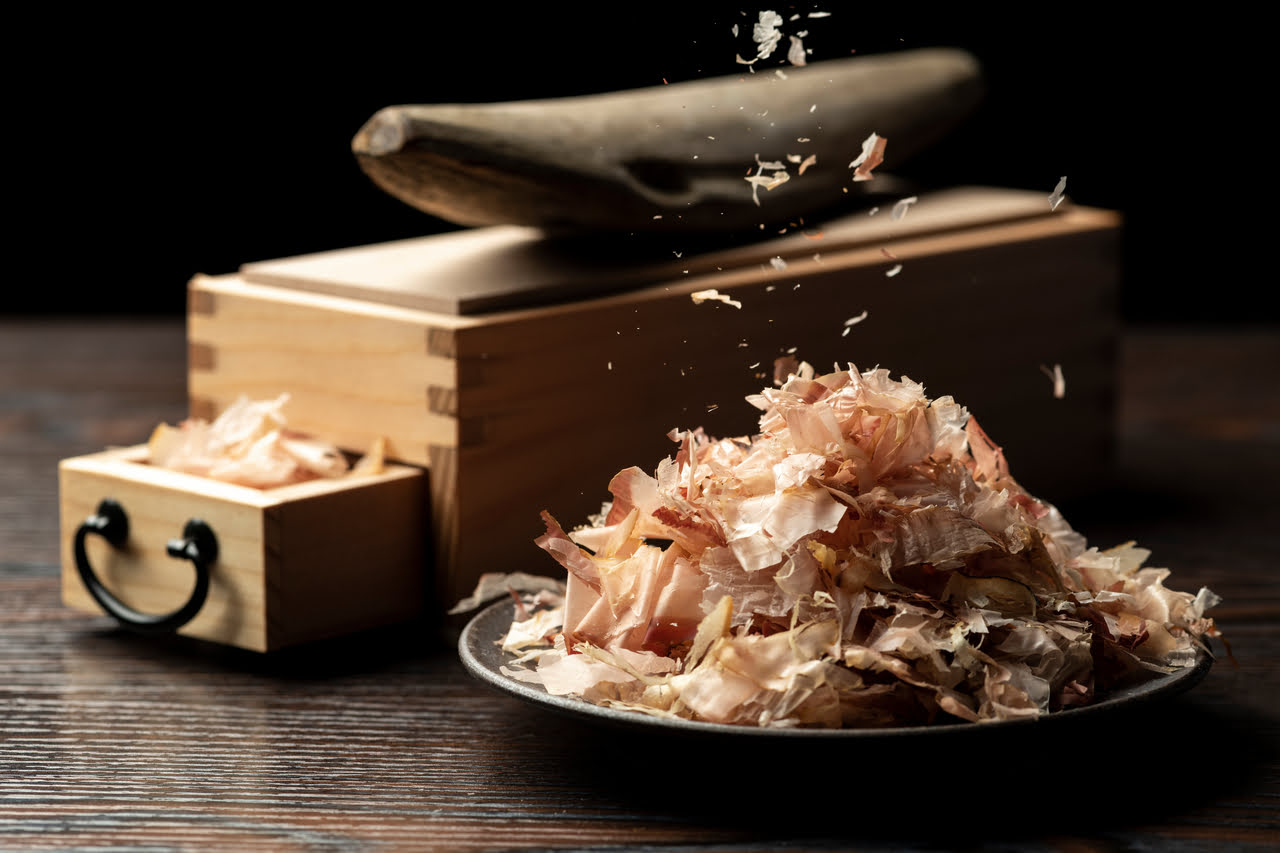

Articles
How To Store Bonito Flakes
Modified: January 6, 2024
Learn the best methods for storing bonito flakes in this informative article. Keep your flakes fresh and flavorful with these simple storage tips.
(Many of the links in this article redirect to a specific reviewed product. Your purchase of these products through affiliate links helps to generate commission for Storables.com, at no extra cost. Learn more)
Introduction
Bonito flakes, also known as katsuobushi in Japanese cuisine, are a popular ingredient used in various dishes, such as soups, stews, salads, and rice dishes. These flavorful and aromatic flakes are made from dried, fermented and smoked skipjack tuna. They add a savory umami taste to a variety of dishes and are a staple in many Asian kitchens.
When it comes to storing bonito flakes, proper preservation techniques are essential to maintain their freshness, flavor, and quality over time. Whether you buy them in bulk or have leftover flakes from a recipe, following the correct storage methods will help to ensure that they remain delicious and usable for an extended period.
This article will guide you through the step-by-step process of storing bonito flakes properly. From choosing the right storage container to utilizing different preservation techniques, you’ll learn how to keep your bonito flakes fresh and flavorful for longer.
Key Takeaways:
- Properly storing bonito flakes ensures extended freshness, flavor, and quality, saving money and offering culinary convenience. Utilize vacuum-sealing, airtight containers, freezing, and regular stock rotation for optimal preservation.
- Choose the right storage container, utilize desiccant packs, and seal opened packages to maintain bonito flakes’ integrity. Enjoy the umami-rich flavor and versatility of this beloved ingredient in your culinary creations.
Read more: How To Store Coconut Flakes
Benefits of Storing Bonito Flakes
Properly storing bonito flakes offers several benefits, ensuring that you can enjoy their delicious taste and aroma for an extended period. Here are some of the key advantages of implementing good storage practices:
- Prolongs Freshness: Storing bonito flakes correctly helps to extend their shelf life and maintain their freshness. This means you can use them in recipes months or even years after purchase without sacrificing quality.
- Preserves Flavor: Bonito flakes have a delicate smoky flavor that adds depth to dishes. By storing them properly, you can preserve this flavor and ensure that it remains intact until you’re ready to use them.
- Saves Money: Buying bonito flakes in bulk or on sale can save you money in the long run. Proper storage techniques prevent them from spoiling, allowing you to stock up and have a ready supply without worrying about waste.
- Convenience: Storing bonito flakes properly means you always have them on hand whenever you need them. You won’t have to make last-minute trips to the grocery store or compromise the taste of your dishes by using stale or low-quality flakes.
- Versatile Ingredient: Bonito flakes can be used in a variety of recipes, from traditional Japanese dishes like miso soup and okonomiyaki to fusion dishes and even as a topping for noodles or rice. By properly storing them, you have the freedom to experiment with different recipes at your convenience.
Now that you understand the benefits of storing bonito flakes correctly, it’s time to learn about the different methods and techniques you can use to maintain their quality and flavor.
Choosing the Right Storage Container
When it comes to storing bonito flakes, selecting the right storage container is crucial in maintaining their freshness and flavor. Here are some key considerations to keep in mind:
- Airtight and Moisture-Proof: Bonito flakes are highly sensitive to moisture, which can cause them to lose their texture and flavor. Choose a storage container that is airtight and moisture-proof to prevent any moisture from seeping in and affecting the flakes.
- Opaque or UV-Protected: Light can also degrade the quality of bonito flakes over time. Opt for an opaque container or one that is UV-protected to shield the flakes from light exposure. This will help preserve their taste and color.
- Size and Shape: Consider the size and shape of the container based on the quantity of bonito flakes you have. Smaller containers are ideal for smaller amounts, while larger ones are suitable for bulk purchases.
- Food-Grade Material: Ensure that the storage container you choose is made from food-grade material. This is important to avoid any potential leaching of harmful chemicals into the flakes.
- Easy to Open and Close: Look for containers that are easy to open and close securely. This will make it convenient for you to access the bonito flakes whenever you need them and ensure that the container remains tightly sealed when not in use.
Some suitable options for storing bonito flakes include glass jars with silicone seals, stainless steel containers with airtight lids, or specialized vacuum-sealed bags. Choose the option that best fits your needs and provides the necessary storage conditions to keep your bonito flakes fresh.
Now that you know the importance of choosing the right storage container, let’s delve into the step-by-step process of storing bonito flakes properly.
Step 1: Vacuum-sealing Bonito Flakes
Vacuum-sealing is a highly effective method for preserving the freshness of bonito flakes. By removing the air from the storage container, you can prevent oxidation and moisture from affecting the flakes. Here’s how to vacuum-seal your bonito flakes:
- Start by placing the desired amount of bonito flakes into a vacuum-seal bag or a vacuum-sealable container. Ensure that you are using a food-grade bag or container specifically designed for vacuum sealing.
- Seal the bag or container according to the manufacturer’s instructions. If using a bag, make sure to leave enough space at the top to accommodate the vacuum-sealing process.
- Place the open end of the bag or the nozzle of the vacuum sealer onto the designated vacuum-sealing area.
- Turn on the vacuum sealer and let it remove the air from the bag or container. This process may take a few seconds.
- Once the air has been completely removed, the bag or container will be tightly sealed, preventing any air from re-entering.
- Label the bag or container with the date of vacuum-sealing to track the freshness of the bonito flakes.
Vacuum-sealed bonito flakes can be stored in a cool, dark place such as a pantry or cupboard. This method can help maintain the quality and freshness of the flakes for an extended period, typically up to a year or more.
If you don’t have a vacuum sealer, you can consider using airtight containers as an alternative storage method. The next step will guide you through the process of using airtight containers to store bonito flakes.
Step 2: Using Airtight Containers
If you don’t have access to a vacuum sealer, using airtight containers is an excellent alternative for storing bonito flakes. Airtight containers create a barrier that prevents air and moisture from reaching the flakes, keeping them fresh and flavorful. Follow these steps to store bonito flakes using airtight containers:
- Choose a clean and dry airtight container that is appropriate for the amount of bonito flakes you want to store. Glass jars with silicone seals, stainless steel containers with tight-fitting lids, or plastic containers with reliable seals are suitable options.
- Ensure that the container is completely clean and free from any residual moisture or food particles. Dampness can lead to the development of mold or spoilage, so make sure the container is thoroughly dry.
- Place the bonito flakes into the chosen container, leaving some headspace at the top to allow for expansion.
- Seal the container tightly to create an airtight environment. Double-check the seal to ensure it is secure and no air can enter.
- Label the container with the date of storage to keep track of the freshness of the bonito flakes.
Store the airtight container in a cool, dark place such as a pantry or cupboard. Avoid exposing it to direct sunlight, as the light can degrade the quality of the flakes over time.
Airtight containers help to maintain the flavor and texture of the bonito flakes for several months, allowing you to enjoy their deliciousness whenever you need them.
Now that you’ve learned about vacuum-sealing and using airtight containers, it’s time to explore the next step in effectively storing bonito flakes: freezing.
Read more: How To Store Potato Flakes Long Term
Step 3: Freezing Bonito Flakes
Freezing bonito flakes is another viable method for long-term storage, particularly if you want to extend their shelf life beyond a year. Freezing helps preserve the freshness and flavor of the flakes by slowing down the degradation process. Follow these steps to freeze bonito flakes:
- Divide the bonito flakes into portion-sized amounts that you will likely use in one recipe or serving.
- Wrap each portion tightly in plastic wrap or place them in individual freezer-safe bags. Make sure to remove any excess air to prevent freezer burn.
- Label each wrapped portion or bag with the date of freezing to keep track of its freshness.
- Place the wrapped portions or bags in a freezer-safe container or zip-top bag for added protection. This will help prevent the flakes from absorbing any odors or flavors from other items in your freezer.
- Place the container or bag in the freezer, ensuring that it is stored in a level position.
Frozen bonito flakes can typically be stored for up to two years without compromising their quality. When you’re ready to use them, simply thaw the desired portion in the refrigerator overnight or at room temperature for a few hours.
It’s important to note that freezing bonito flakes may cause some changes in texture. The flakes might become slightly softer or more crumbly after thawing. However, the flavor and aroma should remain intact, allowing you to enjoy their unique umami taste in your dishes.
Now that you’ve learned about freezing bonito flakes, let’s move on to the next step, ensuring that you store the flakes in a cool, dark place for optimal freshness.
Store bonito flakes in an airtight container in a cool, dark place, away from heat and moisture. This will help preserve their flavor and freshness for a longer period of time.
Step 4: Storing Bonito Flakes in a Cool, Dark Place
Once you have vacuum-sealed, used airtight containers, or frozen your bonito flakes, it’s important to store them in a cool, dark place to maintain their freshness and quality. Follow these steps to ensure optimal storage conditions:
- Choose a cool location in your kitchen, such as a pantry or cupboard, away from direct sunlight or sources of heat.
- Ensure that the storage area maintains a consistent temperature. Fluctuating temperatures can affect the quality of the bonito flakes.
- Avoid storing bonito flakes near strong-smelling spices or ingredients that can impact their flavor.
- Keep the storage area clean and free from any potential contaminants that could spoil the bonito flakes.
- Check the storage area regularly for any signs of pests, such as insects or rodents, that could compromise the integrity of the flakes.
Storing bonito flakes in a cool and dark place helps to preserve their flavor, aroma, and texture for an extended period. By protecting them from fluctuating temperatures, sunlight, and potential contaminants, you can ensure that they remain fresh and ready to enhance your dishes.
Properly storing bonito flakes is crucial, even after opening their original packaging. The next step will guide you through the process of sealing opened bonito flake packages to maintain their freshness.
Step 5: Properly Sealing Opened Bonito Flake Packages
Once you have opened a package of bonito flakes, it’s essential to properly seal it to maintain the flakes’ freshness and prevent them from exposure to air and moisture. Follow these steps to seal opened bonito flake packages:
- After opening the bonito flake package, ensure that it is tightly closed to minimize air exposure. Many bonito flake packages come with resealable features, such as zip-top closures or adhesive strips. Utilize these features if available.
- If the original package does not have resealable features or you need an extra layer of protection, transfer the bonito flakes to an airtight container or a resealable bag.
- Press out as much air as possible before sealing the container or bag. This will help prevent moisture and air from affecting the flakes.
- Seal the container or bag tightly to create an airtight environment. Double-check the seal to ensure it is secure.
- Label the container or bag with the date of sealing to keep track of the freshness of the bonito flakes.
By properly sealing opened bonito flake packages, you can extend their shelf life and preserve their flavor and aroma. Remember to store the sealed packages in a cool, dark place, avoiding direct exposure to light and heat.
Next, we’ll explore the use of desiccant packs to help absorb any moisture and prolong the shelf life of the bonito flakes.
Step 6: Using Desiccant Packs to Absorb Moisture
Desiccant packs are small sachets that contain moisture-absorbing materials, such as silica gel or activated charcoal. These packs can help absorb any moisture that may accumulate and affect the quality of bonito flakes. Follow these steps to use desiccant packs to preserve your bonito flakes:
- Obtain desiccant packs from a store or repurpose ones that come with other food or products. Ensure that the packs are unused and in good condition.
- Place the desiccant pack inside the storage container or bag with the bonito flakes. Make sure not to directly touch the flakes, as the desiccant material should not come into contact with the food.
- Seal the container or bag tightly to prevent air and moisture from entering. The desiccant pack will work to absorb any excess moisture in the storage environment.
- Check the desiccant pack regularly to see if it needs to be replaced or recharged. Some desiccant packs can be reactivated by drying them in the oven at a low temperature as per the manufacturer’s directions.
- Make sure to follow the guidelines of the desiccant pack manufacturer for proper usage and disposal.
Using desiccant packs can help reduce the moisture content in the storage environment and extend the shelf life of the bonito flakes. It’s an additional measure to ensure that your bonito flakes remain fresh and flavorful over time.
Frequently check and replace the desiccant packs as needed to maintain their effectiveness. With properly sealed containers, desiccant packs, and the use of other storage methods mentioned earlier, you can keep your bonito flakes in optimal condition.
Now that you know how to use desiccant packs, let’s move on to the final step – checking and rotating your bonito flake stock.
Read more: How To Store Potato Flakes In Mylar Bags
Step 7: Checking and Rotating Bonito Flake Stock
Regularly checking and rotating your bonito flake stock is crucial for maintaining freshness and preventing any spoilage or degradation. By following this step, you can ensure that you always have a fresh supply of bonito flakes. Here’s how to check and rotate your bonito flake stock:
- Set a schedule to check your bonito flake stock regularly. Depending on usage and storage conditions, this could be every few months or as often as every month.
- Inspect the stored bonito flakes for any signs of spoilage, such as an off smell, mold, or discoloration. Discard any packages that show signs of spoilage immediately.
- Check the dates on the packages or containers and prioritize using the oldest stock first. This helps ensure that the bonito flakes are used in a timely manner and maintain their optimal flavor and quality.
- If you have multiple packages of bonito flakes, consider rotating them by placing the newly purchased or stored packages at the back of the storage area. This way, you are using the older stock first and reducing the chances of any packages expiring unused.
Regularly checking and rotating your bonito flake stock helps prevent waste and ensures that you’re always using the freshest flakes in your recipes. By staying organized and mindful of expiry dates, you can fully enjoy the flavor and aroma of your bonito flakes.
With the completion of this final step, you have a comprehensive understanding of how to properly store bonito flakes and maintain their freshness and taste. By following these steps and utilizing vacuum-sealing, airtight containers, freezing, proper sealing, desiccant packs, and regular stock rotation, you can enjoy the delicious flavor of bonito flakes for an extended period.
Now, it’s time to put this knowledge into practice and enjoy the versatility and culinary delights that bonito flakes bring to your favorite dishes.
Conclusion
Properly storing bonito flakes is essential for preserving their freshness, flavor, and quality. By following the steps outlined in this article, you can ensure that your bonito flakes remain delicious and ready to enhance a wide variety of dishes.
From choosing the right storage container to vacuum-sealing, using airtight containers, freezing, properly sealing opened packages, utilizing desiccant packs, and checking and rotating your bonito flake stock, each step plays a vital role in maintaining the integrity of the flakes.
By storing bonito flakes correctly, you can prolong their shelf life, save money, and enjoy the convenience of having this versatile ingredient readily available in your kitchen. Whether you use them in traditional Japanese recipes or experiment with fusion dishes, the umami-rich flavor of bonito flakes will elevate your culinary creations.
Remember to always store bonito flakes in a cool, dark place, away from direct sunlight and sources of heat, and keep the flakes free from moisture and air exposure. Regularly check the condition of the flakes and prioritize using the oldest stock first to ensure freshness.
Now that you’re equipped with the knowledge to properly store bonito flakes, it’s time to apply these techniques and savor the delightful taste of this beloved ingredient. Enjoy the depth of flavor and the umami sensation that bonito flakes bring to your cooking adventures!
Frequently Asked Questions about How To Store Bonito Flakes
Was this page helpful?
At Storables.com, we guarantee accurate and reliable information. Our content, validated by Expert Board Contributors, is crafted following stringent Editorial Policies. We're committed to providing you with well-researched, expert-backed insights for all your informational needs.
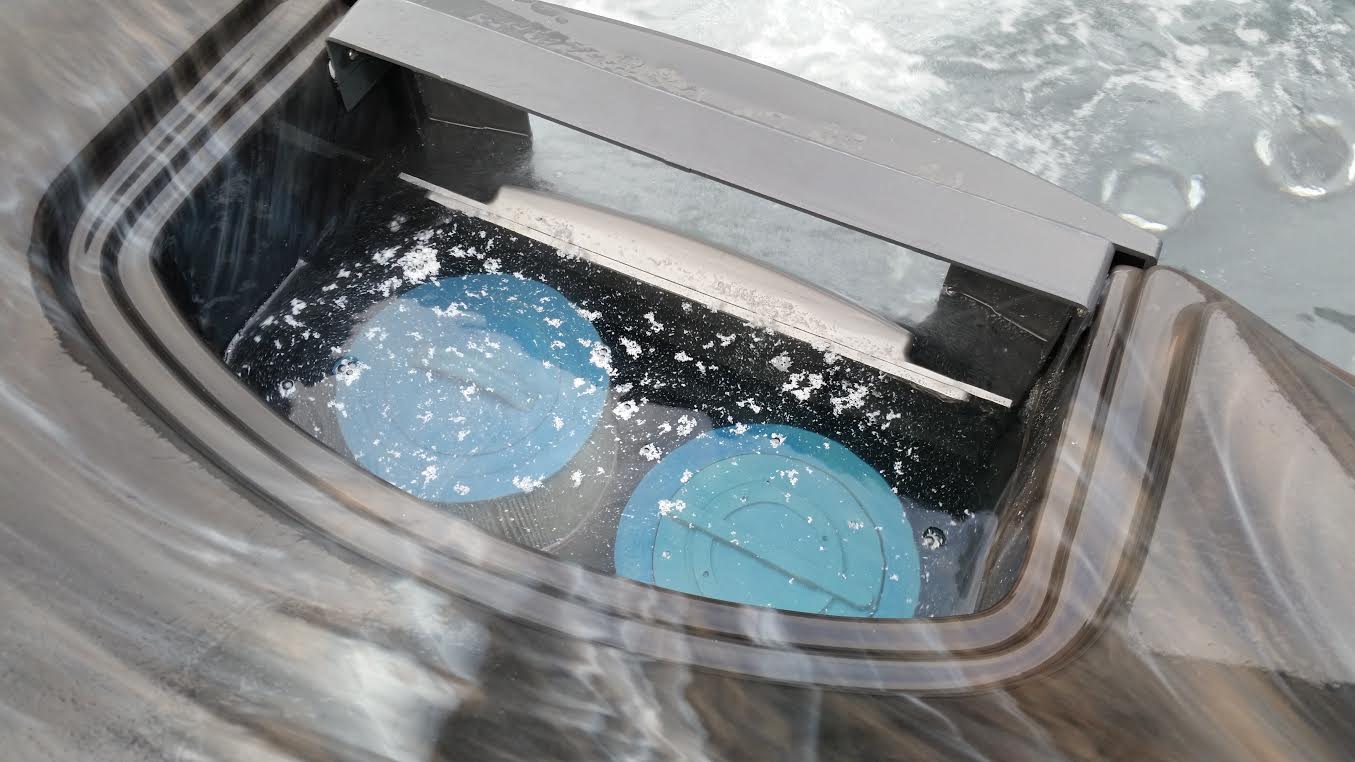

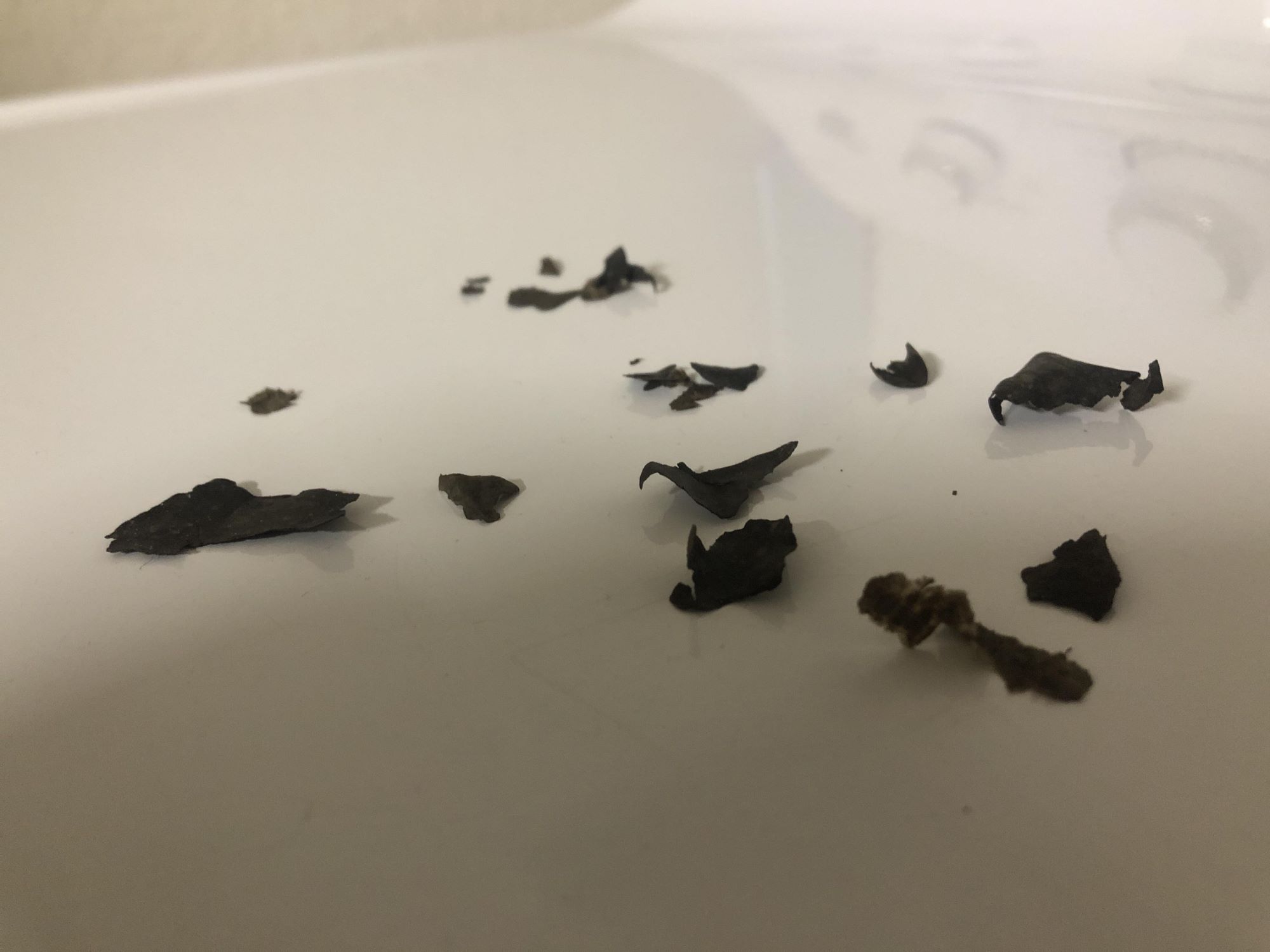
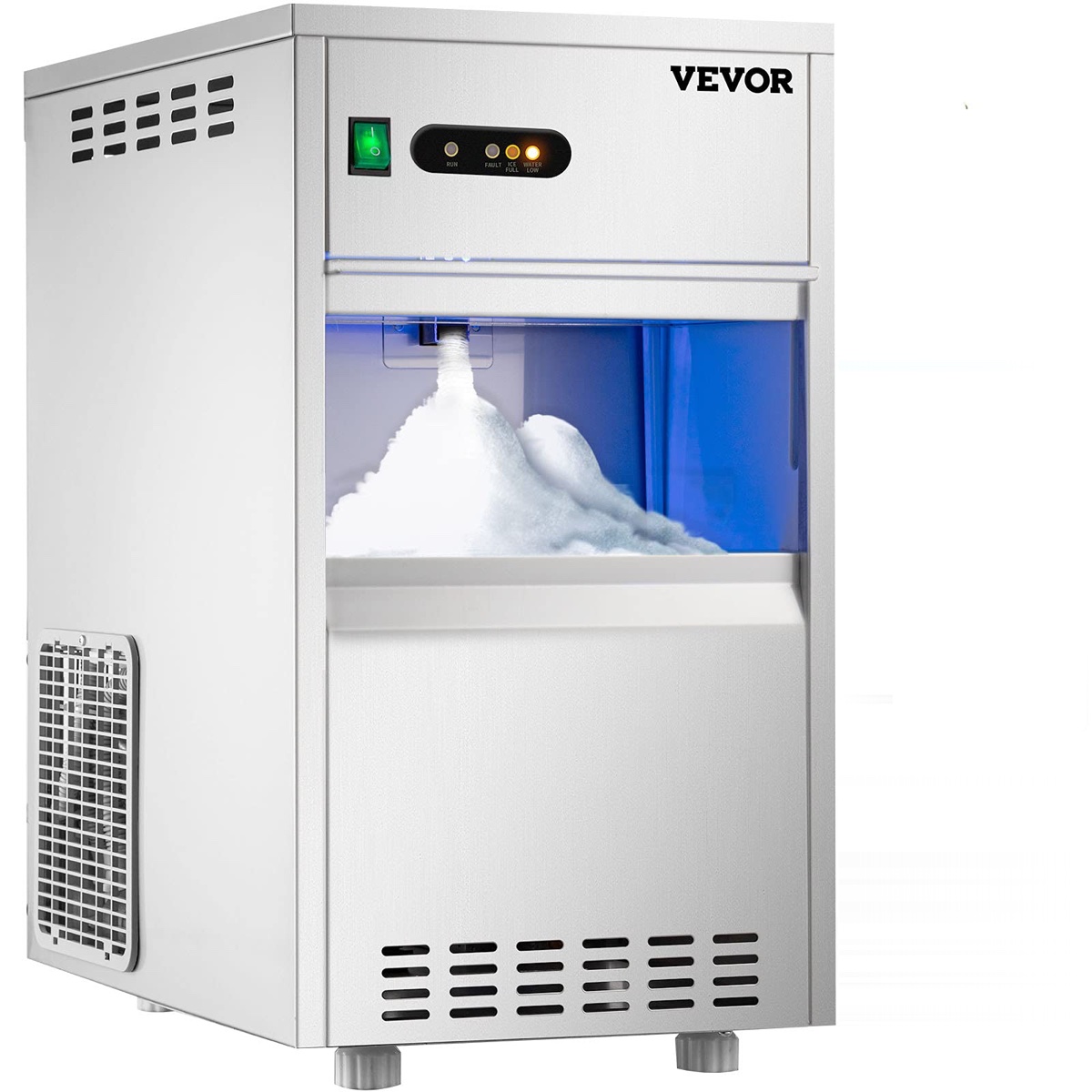



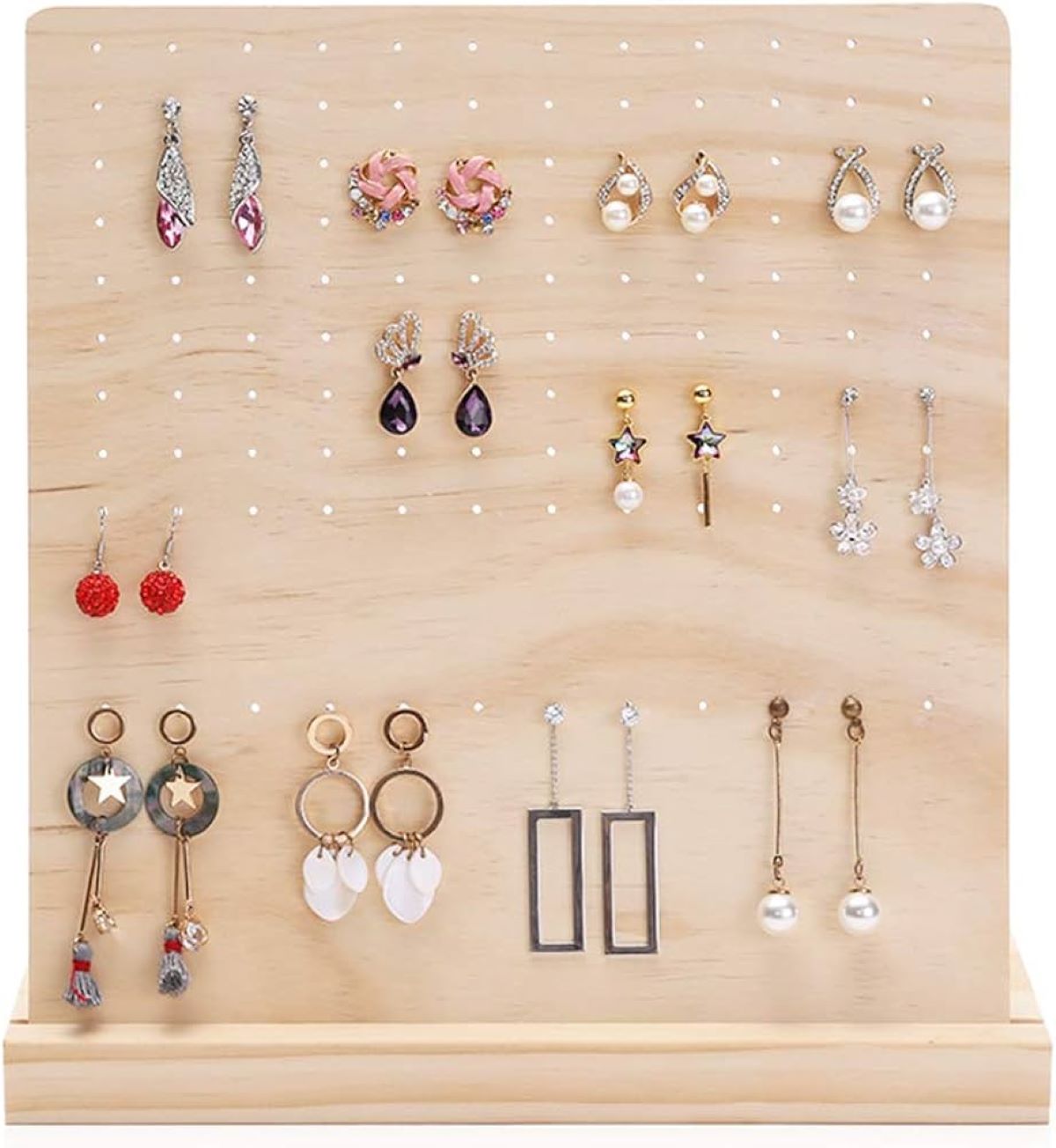
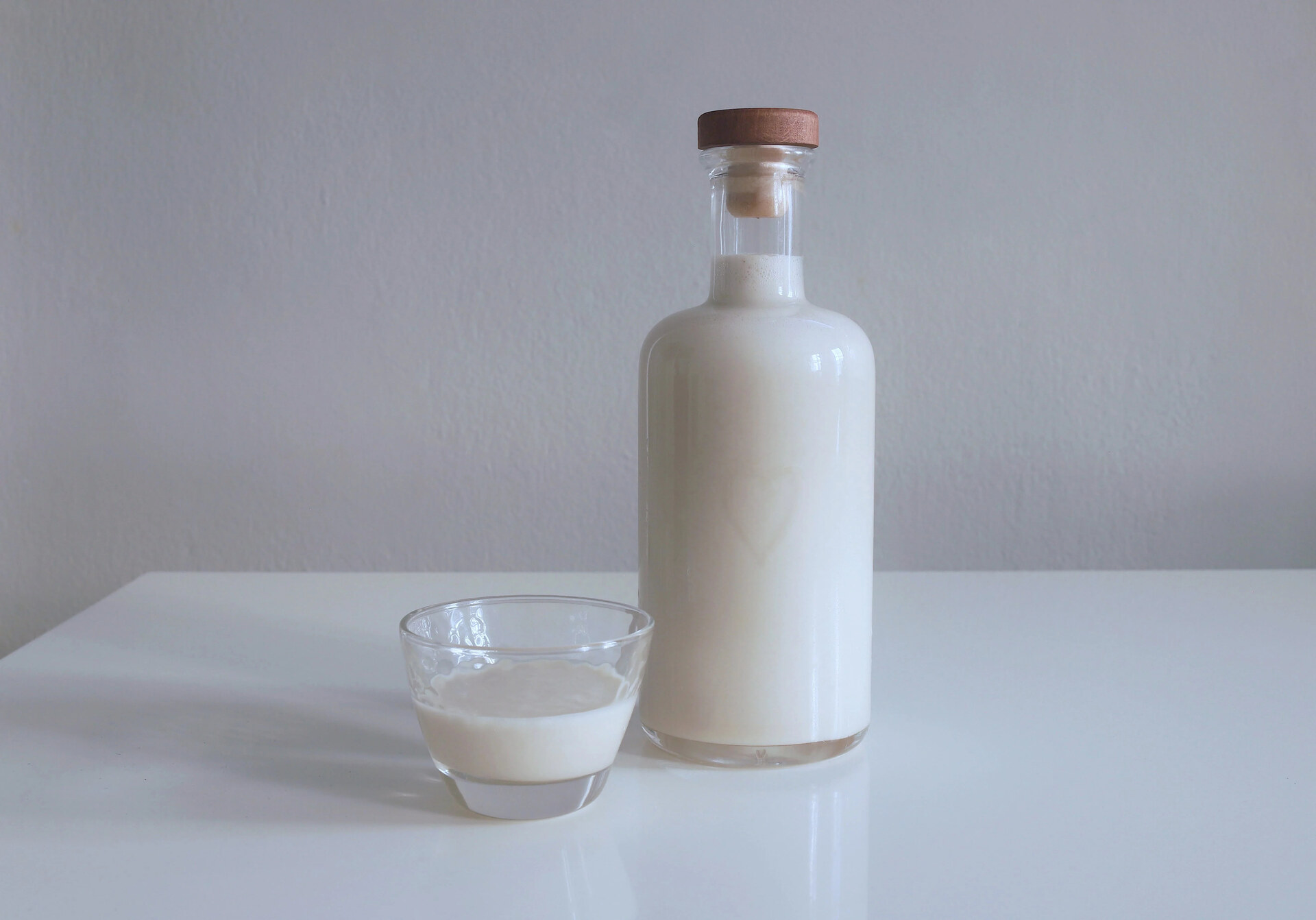
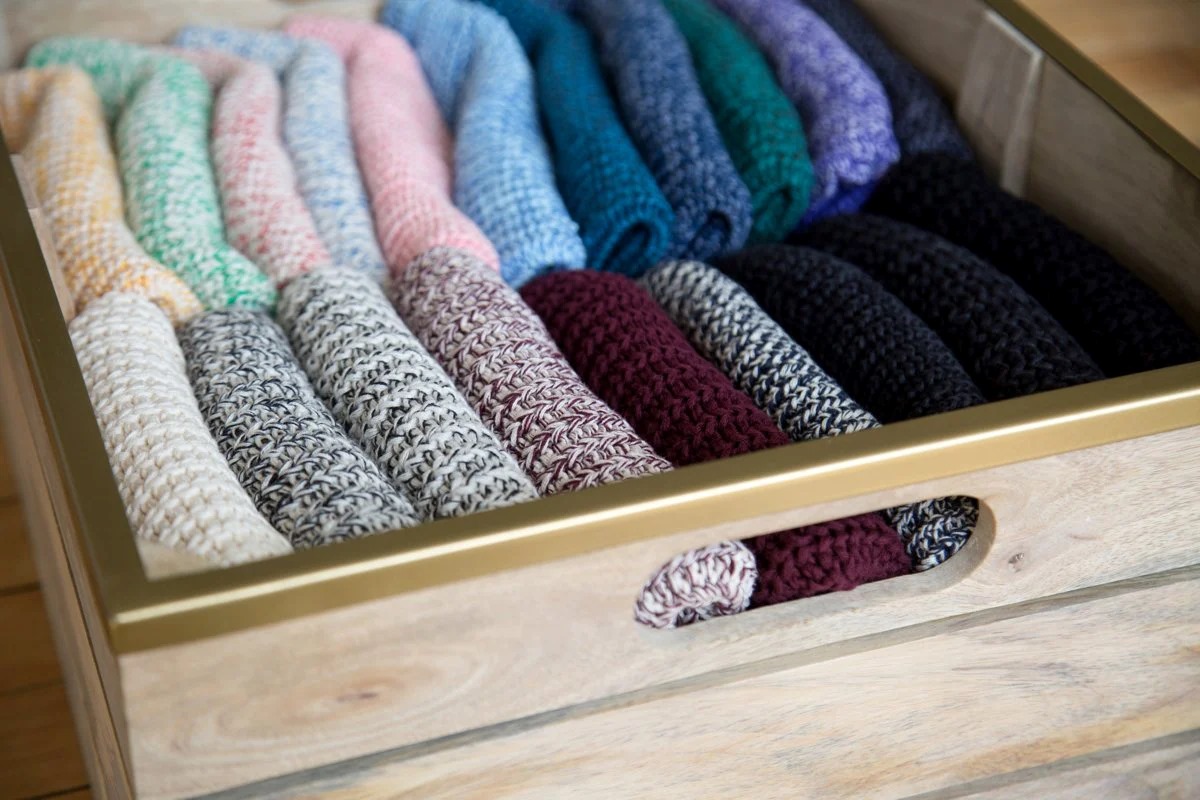


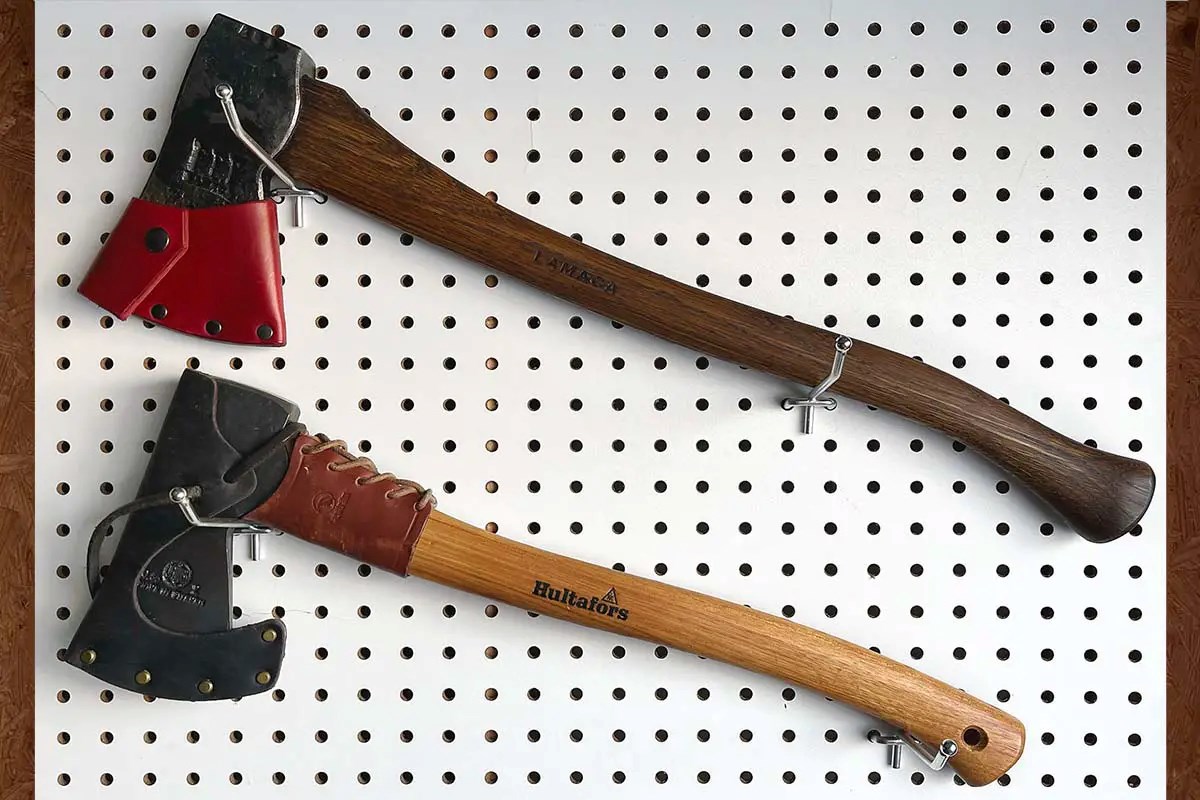

0 thoughts on “How To Store Bonito Flakes”